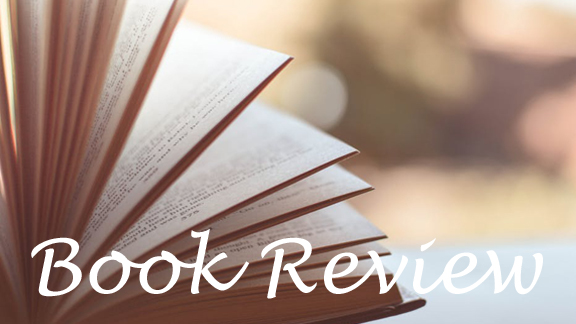David Mamet’s screenplays are among the most accessible in cinema because he writes – and his actors speak – in a heightened, rhythmic way that’s a pleasure to listen to even as it still feels natural. His dialog in “Chicago” (2018), his fourth novel but first of this millennium, is challenging because his characters talk in a 1920s Windy City fashion that has no rhythm and initially presents a stumbling block.
I stuck with the book, though, and I’m glad I did because this is ultimately a horrifying and fascinating portrayal of the ins and outs of merchant-city corruption that sticks with a reader.
Antithesis of ‘The Untouchables’
“Chicago” is the antithesis of “The Untouchables” (1987), Mamet’s lauded but in my opinion shallow screenplay about Prohibition. The details are fascinating as we follow Mike Hodge, a Chicago Tribune crime reporter for whom a case becomes personal partway through the narrative.

“Chicago” (2018)
Author: David Mamet
Genre: Historical fiction
Setting: 1920s Prohibition era, Chicago
Through Hodge’s observations and thoughts (which are presented with quote marks, which presents another brief early stumbling block), Mamet illustrates the interlinked web that greases the wheels of power and the flow of money in the city. In this web are at least three rival crime factions, the police, local government, a flower shop (for crying out loud), and even the newspaper and our protagonist.
It all rings true, even though I didn’t follow every bend of the narrative; some of the confusion is part of the point, though. I don’t want to make it sound like “Chicago” is hard to read, though. Many chapters are short and sweet. While I didn’t grasp every detail, I gathered the point of every chapter and before long I became immersed in the yarn, convoluted though it may be.
“Chicago” is broadly a hardboiled mystery, but it’s much less rat-tat-tat and to the point than the genre’s norm. Rather, the puzzle pieces come together almost in the background of Mike’s travails. I find this to be a realistic presentation of how it would go. But for all the details that are unimportant to the case directly, they are all important to showing us the world Mike moves around in. While Mike is very much an active protagonist, a lot of this dialog-heavy book’s best passages are stories that he’s telling or are being told to him.
Insight into blacks’ situation
As Mike talks to Peekaboo, the madame of a black whorehouse, we learn about how blacks deal with and think about encounters with whites or the police. If a black person is in the wrong place (for him), but the right place for an officer needing to frame someone, they’re out of luck. In conversations between Mike and Parlow, his best friend at the Tribune, we learn the office politics of the newspaper, and how rookies try to gain entrance into the fraternity by carefully testing out small jokes before they’re allowed to tell the big ones at the nearby speakeasy.

Parlow often asks Mike about the war, and we learn about a pilot’s mindset and the disturbing reason he carries a gun: to kill himself or his observer (the lookout at the rear of the plane) in the event of a crash that maims but doesn’t kill them.
Mamet’s portrayal of Mike’s courtship of a flower-shop girl is entirely told through Mike’s feelings for her, and how he behaves when thinking about her. She’s barely described physically, not at all in terms of her personal interests, and while she is named, I forgot her name by the book’s end.
She’s the idea of love made manifest, and it totally works for bringing the reader into a kinship with Mike, and the brightness of the girl (or the thought of her) serves to illuminate the shadows of this bleak world where apartments are only sometimes heated in the winter and are unbearably hot in the summer. It’s normal for Mike, but hard to even imagine living like this today.
“Chicago” has a strong whodunit buried underneath all these wonderful details about this time and place, although – sort of like “Homicide” (1991) – the final answer is almost trivial. This is a mystery hidden in a time-travelogue wrapped in a collection of spot-on observations of how Prohibition-era Chicagoans behaved – and, in a broader sense, how humans still behave. I think most fans of Mamet’s movie storytelling will ultimately get into the book’s choppy but forward-moving flow and find it worth their while.

